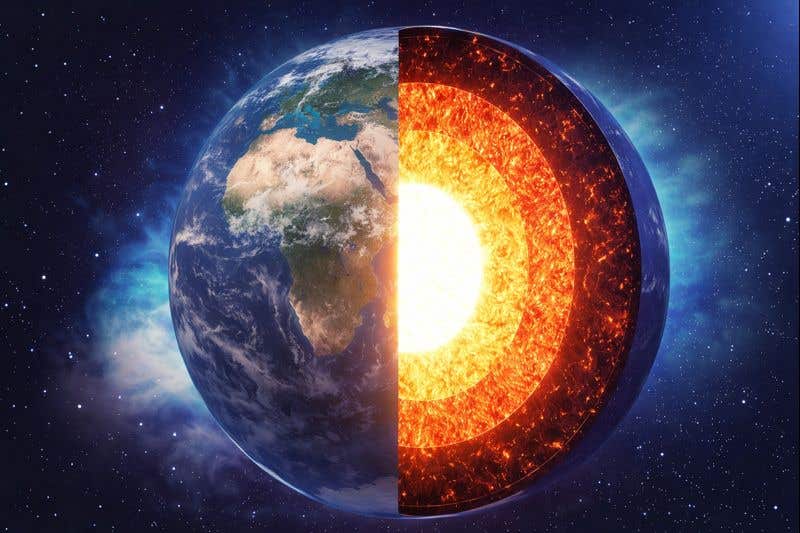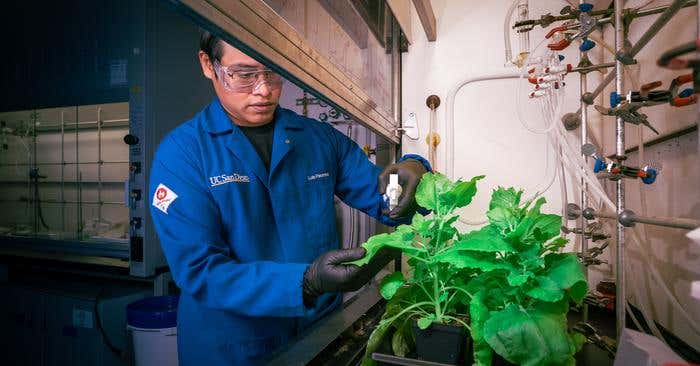Scientists discover how air pollution may trigger lung cancer in never-smokers
A new mechanism has been identified where very small pollutant particles in the air may trigger lung cancer in people who have never smoked.

[Sept 11, 2022: Vanessa Pavinato, European Society for Medical Oncology]
The particles, which are typically found in vehicle exhaust and smoke from fossil fuels, are associated with non-small cell lung cancer (NSCLC) risk. (CREDIT: freshidea/Adobe)
A new mechanism has been identified through which very small pollutant particles in the air may trigger lung cancer in people who have never smoked, paving the way to new prevention approaches and development of therapies, according to late-breaking data reported at the ESMO Congress 2022 by scientists of the Francis Crick Institute and University College London, funded by Cancer Research UK.
The particles, which are typically found in vehicle exhaust and smoke from fossil fuels, are associated with non-small cell lung cancer (NSCLC) risk, accounting for over 250,000 lung cancer deaths globally per year.
“The same particles in the air that derive from the combustion of fossil fuels, exacerbating climate change, are directly impacting human health via an important and previously overlooked cancer-causing mechanism in lung cells. The risk of lung cancer from air pollution is lower than from smoking, but we have no control over what we all breathe. Globally, more people are exposed to unsafe levels of air pollution than to toxic chemicals in cigarette smoke, and these new data link the importance of addressing climate health to improving human health,” said Charles Swanton, the Francis Crick Institute and Cancer Research UK Chief Clinician, London, UK.
Related Stories
The new findings are based on human and laboratory research on mutations in a gene called EGFR which are seen in about half of people with lung cancer who have never smoked. In a study of nearly half a million people living in England, South Korea and Taiwan, exposure to increasing concentrations of airborne particulate matter (PM) 2.5 micrometres (μm) in diameter was linked to increased risk of NSCLC with EGFR mutations.
In the laboratory studies, the Francis Crick Institute scientists showed that the same pollutant particles (PM2.5) promoted rapid changes in airway cells which had mutations in EGFR and in another gene linked to lung cancer called KRAS, driving them towards a cancer stem cell like state.
They also found that air pollution drives the influx of macrophages which release the inflammatory mediator, interleukin-1β, driving the expansion of cells with the EGFR mutations in response to exposure to PM2.5, and that blockade of interleukin-1β inhibited lung cancer initiation.
Figure. Proposed mechanisms to explain the effects of air pollution on lung cancer development (CREDIT: ESMO Congress 2022, Abstract LBA1)
These findings were consistent with data from a previous large clinical trial showing a dose dependent reduction in lung cancer incidence when people were treated with the anti-IL1β antibody, canakinumab.
In a final series of experiments, the Francis Crick team used state-of-the-art, ultradeep mutational profiling of small samples of normal lung tissue and found EGFR and KRAS driver mutations in 18% and 33% of normal lung samples, respectively.
Charles Swanton. (CREDIT: European Society for Medical Oncology)
“We found that driver mutations in EGFR and KRAS genes, commonly found in lung cancers, are actually present in normal lung tissue and are a likely consequence of ageing. In our research, these mutations alone only weakly potentiated cancer in laboratory models." said Swanton.
"However, when lung cells with these mutations were exposed to air pollutants, we saw more cancers and these occurred more quickly than when lung cells with these mutations were not exposed to pollutants, suggesting that air pollution promotes the initiation of lung cancer in cells harbouring driver gene mutations. The next step is to discover why some lung cells with mutations become cancerous when exposed to pollutants while others don’t.” Swanton continued.
Commenting on the results, Tony Mok, Chinese University of Hong Kong, not involved in the study, said: “This research is intriguing and exciting as it means that we can ask whether, in the future, it will be possible to use lung scans to look for pre-cancerous lesions in the lungs and try to reverse them with medicines such as interleukin-1β inhibitors. We don’t yet know whether it will be possible to use highly sensitive EGFR profiling on blood or other samples to find non-smokers who are predisposed to lung cancer and may benefit from lung scanning, so discussions are still very speculative.”
Like Swanton, he stresses the importance of reducing air pollution to lower the risk of lung diseases, including cancer.
“We have known about the link between pollution and lung cancer for a long time, and we now have a possible explanation for it. As consumption of fossil fuels goes hand in hand with pollution and carbon emissions, we have a strong mandate for tackling these issues – for both environmental and health reasons,” Mok concluded.
The study involved 447,932 individuals to address the associations of increasing 2.5um PM (PM2.5) concentrations with cancer risk. In a final series of experiments, the Crick Institute researchers used state-of-the-art, ultradeep mutational profiling of 247 small samples of normal lung tissue and found EGFR and KRAS driver mutations in 15% and 53% of normal lung samples, respectively.
Tony Mok. (CREDIT: European Society for Medical Oncology)
According to the research team, driver mutations in EGFR and KRAS genes are a likely consequence of ageing and only weakly potentiate cancer in laboratory models.
“Any screening programme would go hand-in-hand with the control of carbon emissions and consumption of fossil fuels, and we are hopefully now more conscious than ever of the importance of these factors. Controlling environmental pollution is largely a matter for policymakers, which will hopefully result in reduction of PM2.5 levels. Lung cancer prevention is one of many reasons to control air pollution.” While knowledge of this setting is evolving, it is important that scientific observations progress to biological explanations and, ultimately, interventions. “Following on from the observation that air pollution is linked to lung cancer, these new data provide an explanation – the biological missing link – for the reason behind this, which may lead to appropriate interventions in the future. We are heading in the right direction but there is certainly a long way to go,” concludes Mok.
Note: Materials provided above by European Society for Medical Oncology. Content may be edited for style and length.
Like these kind of feel good stories? Get the Brighter Side of News' newsletter.



